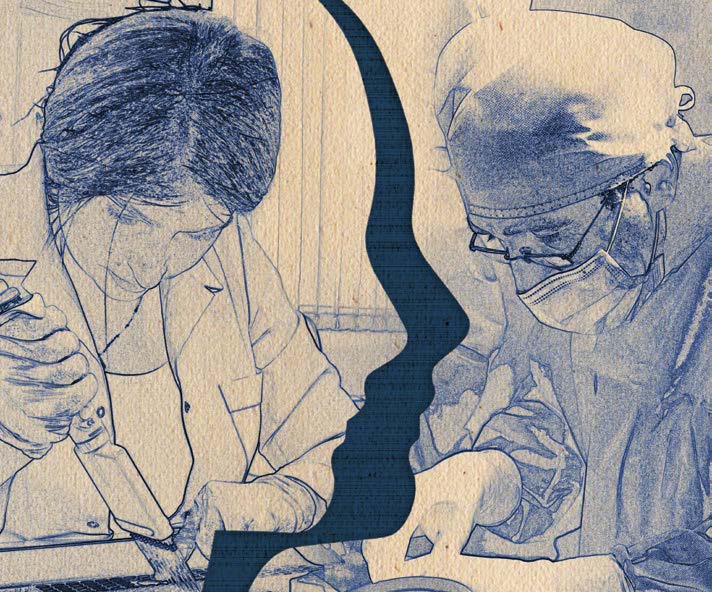Radiomodification in radiation therapy A brief literature review
Lusine M. Muradyan 1,*, Paruyr M. Antonyan 2, Diana M. Muradyan 3
1 Fanarjyan National Center of Oncology, Yerevan, Armenia
2 “IRA Medical Group” Medical Center, Yerevan, Armenia
3 Heratsi Yerevan State Medical University, Yerevan, Armenia
ABSTRACT
The development of radiation therapy (RT) takes place in two main directions. The first is the optimization of the instrumental part, which contributes to the increase in the accuracy of dosage and the precision of the beam exposure exclusively on the tumor. The second direction is radiomodification, which allows increasing the sensitivity of tumor cells to radiation, enhancing the local oxidative stress, and minimizes side effects. One of the possible ways to improve the effectiveness of RT is the use of methods that can expand the radiotherapeutic potential, which selectively enhances damage to the tumor and reduces damage to normal tissues. The study of non-standard fractionation and radiomodifiers appears to be promising. Radiomodifiers can be both physical and chemical (as antitumor medications). It has been shown that increasing the cumulative radiation dose by 10-20% contributes to the complete cure of some tumors, but significantly increases the damage to normal organs and tissues leading to severe side effects. Therefore, radiomodulation remains a key factor for the effectiveness of RT.
Keywords: radiation therapy, chemotherapy, radiomodification, radiosensitization, radioprotection.

